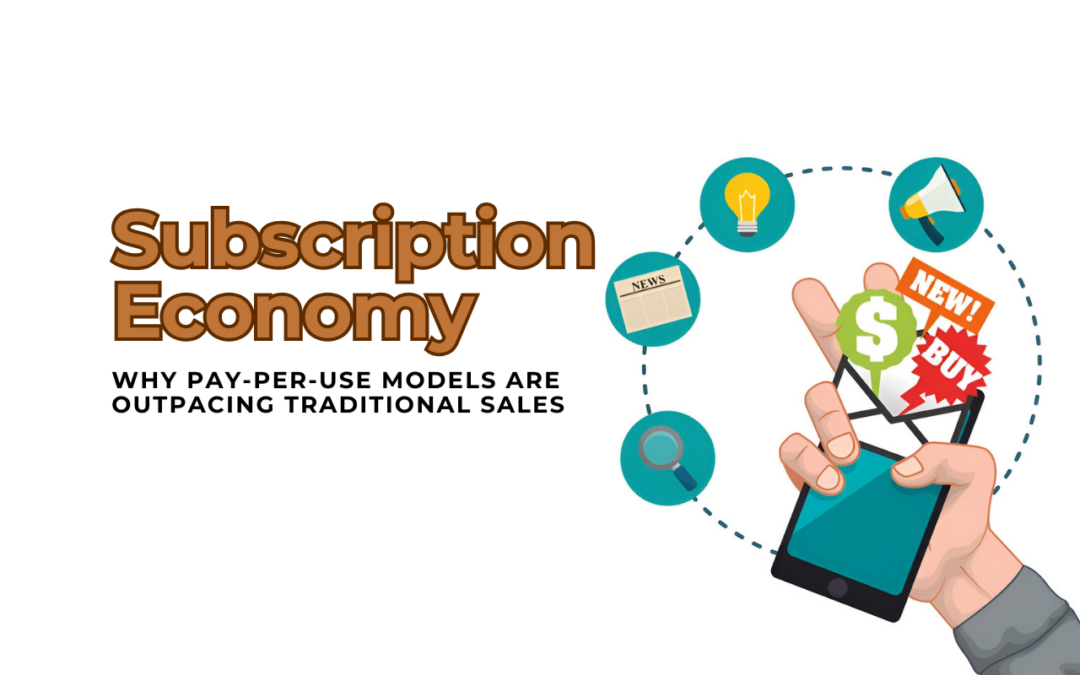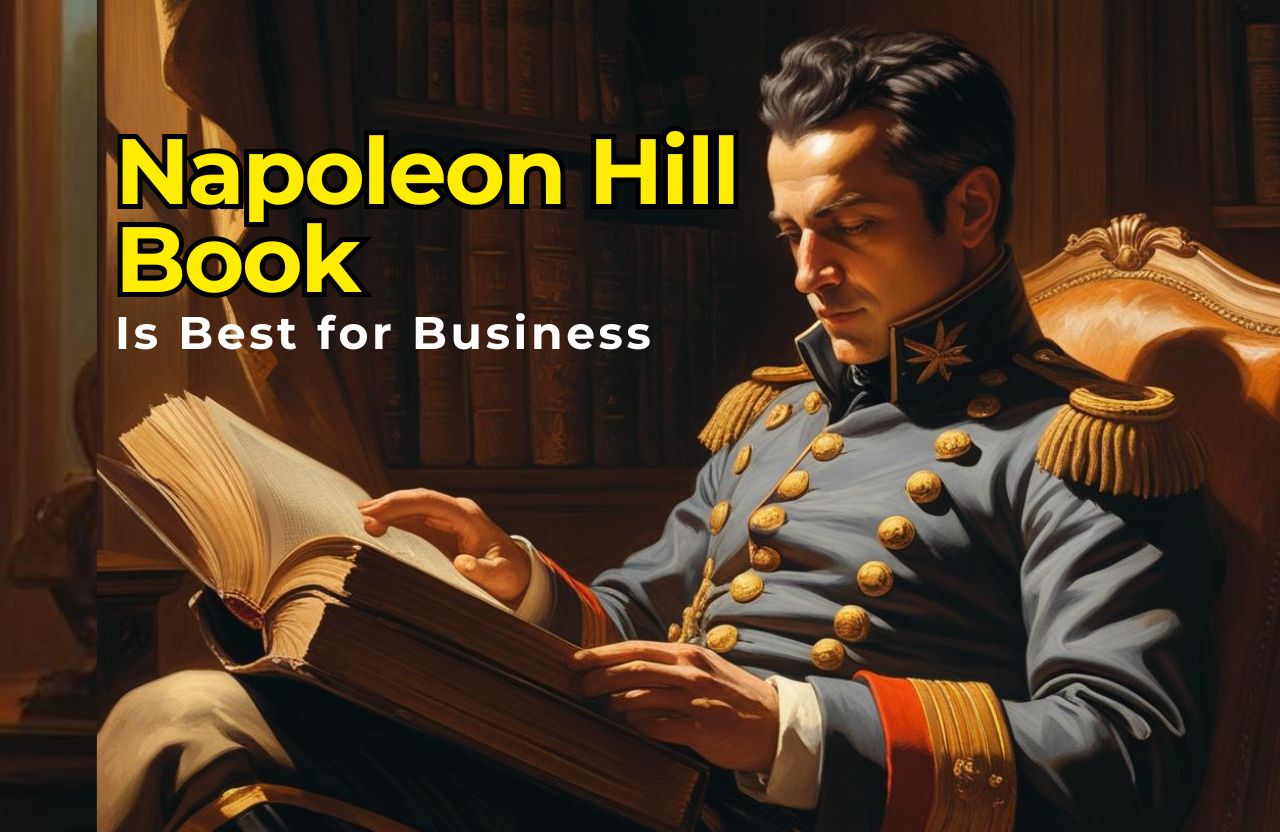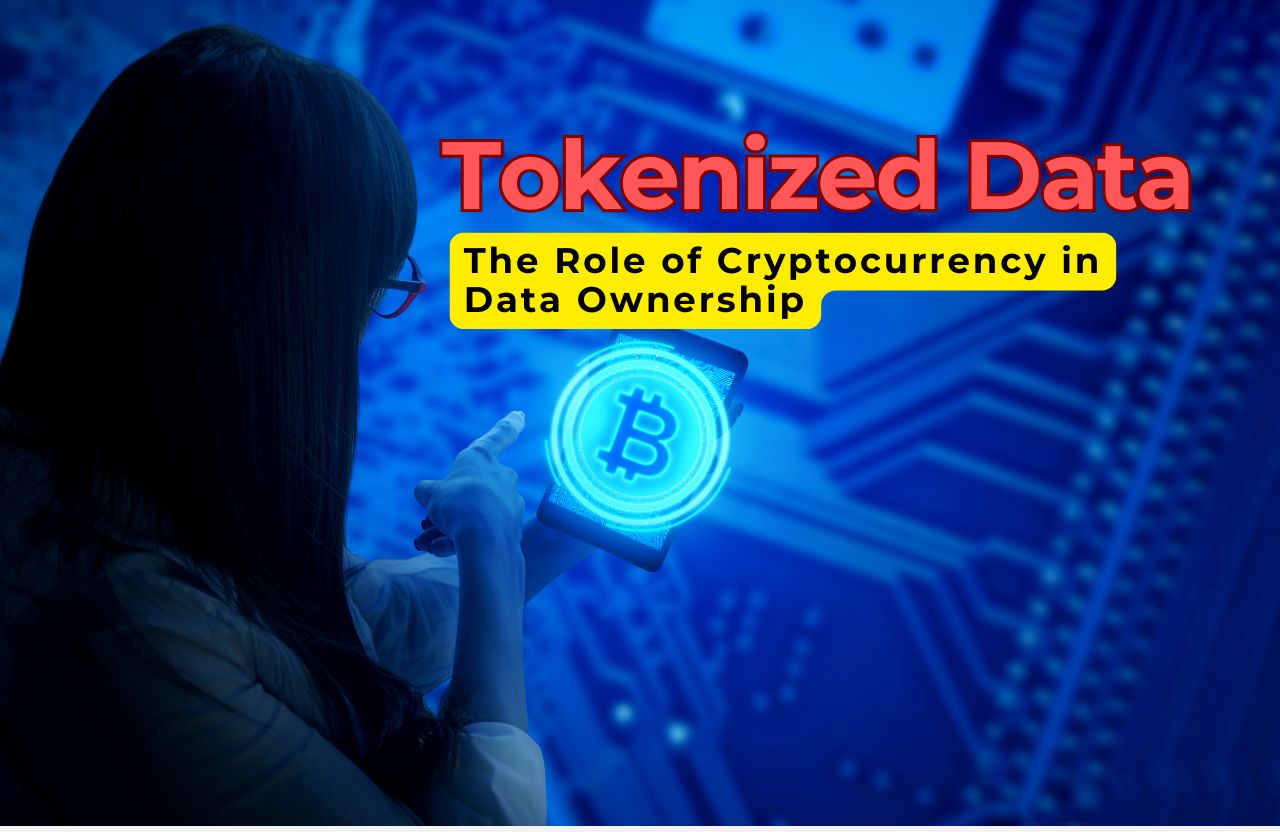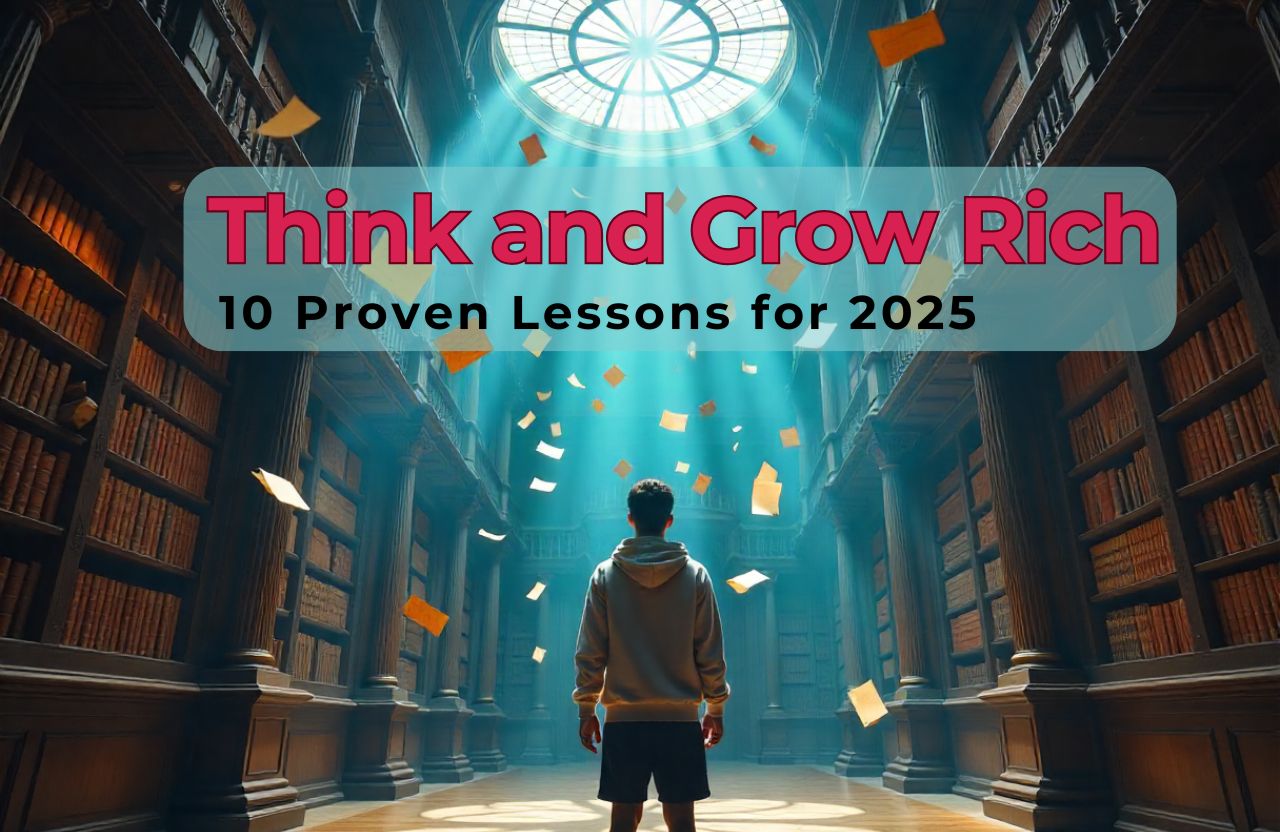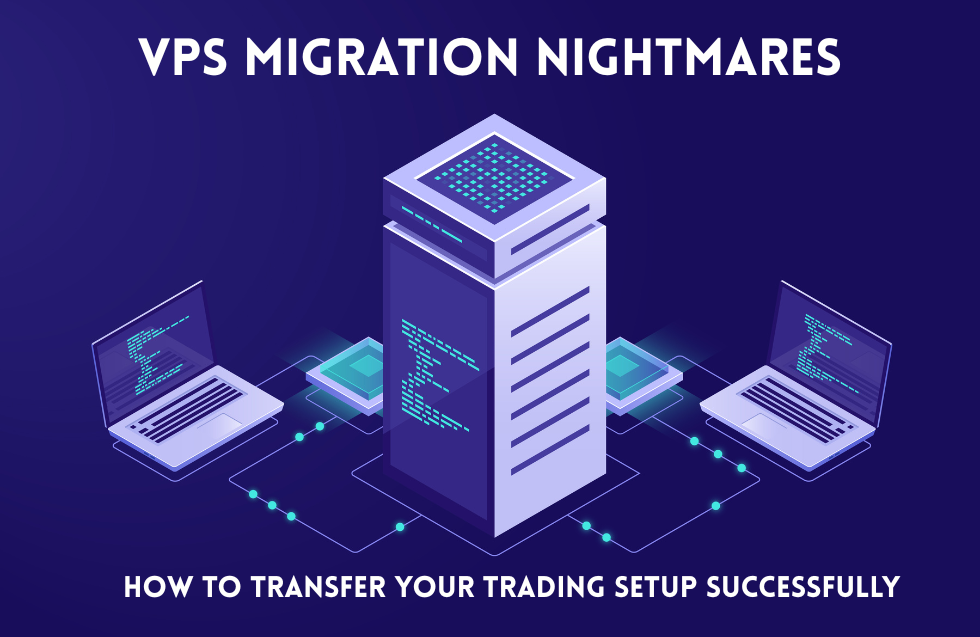In recent years, the subscription economy has gained unprecedented momentum, fundamentally reshaping how businesses operate and consumers engage with products and services. This trend, often referred to as the “as-a-service” revolution, has propelled industries ranging from entertainment and software to transportation and home essentials into new territory. But why are pay-per-use models eclipsing traditional sales approaches? In this article, we’ll explore the driving factors behind this shift, analyze key case studies, and assess the implications for businesses and consumers alike.
Understanding the Subscription Economy
The subscription economy refers to the growing trend where consumers pay a recurring fee to access goods or services, often tailored to their needs, rather than purchasing them outright. Companies offering subscription services typically provide value through continuous updates, premium customer support, and personalized experiences—all of which foster long-term customer relationships.
Examples of subscription-based models include:
- Entertainment: Netflix, Spotify, Disney+
- Software: Microsoft Office 365, Adobe Creative Cloud
- Transportation: Uber’s ride passes, Zipcar memberships
- Retail: Dollar Shave Club, Stitch Fix, Amazon Prime
This shift from ownership to access represents a fundamental change in consumer behavior, driven by convenience, cost-effectiveness, and flexibility.
Why Subscription Models Are Winning
1. Predictable Revenue Streams
For businesses, subscription models provide stable and predictable revenue. Traditional sales are transactional, often resulting in fluctuating earnings tied to seasonal demand or economic conditions. Subscriptions, on the other hand, offer a steady income flow, allowing for better financial planning and investment in growth.
For example, Adobe’s transition from a license-based model to subscription pricing with Creative Cloud not only stabilized its revenue but also significantly increased its market share. Adobe’s CEO Shantanu Narayen described this move as a way to ensure consistent innovation and customer retention.
2. Improved Customer Relationships
Subscription models encourage ongoing interaction with customers. Unlike one-time purchases, where a customer may buy a product and never return, subscriptions foster continuous engagement. Companies can gather insights into user behavior, tailor offerings, and deliver ongoing value.
Take Peloton, for instance. By combining high-quality exercise equipment with a subscription-based content library, Peloton has built a community-oriented platform where users not only stay active but remain connected through shared experiences.
3. Lower Barriers to Entry for Consumers
Ownership can be costly. Subscription models lower upfront costs, making premium products or services more accessible. For instance, car subscription services like Care by Volvo provide an alternative to the high upfront cost of car ownership by bundling insurance, maintenance, and other services into one monthly fee.
4. Scalability and Flexibility
Subscriptions also allow businesses to scale and pivot based on market trends. Companies can introduce tiered pricing, add-ons, or freemium models to attract a wider audience and upsell to premium users. Streaming services like Spotify have mastered this, offering free, ad-supported tiers alongside premium subscriptions that provide an enhanced experience.
5. Sustainability and Resource Efficiency
A lesser-known advantage of the subscription economy is its alignment with sustainability trends. Many subscription-based services prioritize resource efficiency, as they retain ownership of physical products and can manage their lifecycle. For example, Rent the Runway allows customers to rent high-end fashion items, reducing waste and promoting a circular economy.
Case Study: Netflix’s Subscription Success
Netflix stands as one of the most iconic examples of the subscription economy’s triumph. Starting as a DVD rental service in the late 1990s, Netflix pivoted to streaming in 2007, leveraging a subscription model that has since become a global standard for entertainment.
Key Strategies Behind Netflix’s Success:
- Personalization: Netflix’s recommendation algorithm tailors content to individual viewers, enhancing user satisfaction and retention.
- Original Content: By investing heavily in original programming, Netflix has differentiated itself in a crowded market, ensuring subscriber loyalty.
- Global Reach: Netflix’s flexible subscription pricing caters to diverse markets, making it accessible worldwide.
The result? As of 2024, Netflix boasts over 230 million subscribers globally and has reshaped how consumers view entertainment.
The Decline of Traditional Sales
1. Static Customer Relationships
Traditional sales models often lack the dynamic interaction needed to sustain long-term customer loyalty. Once a product is sold, there’s limited opportunity to upsell or re-engage the customer. This contrasts sharply with subscription models that incentivize continuous value delivery.
2. Inflexible Revenue Models
Relying on one-time purchases can lead to volatile revenue streams. During economic downturns, consumers tend to delay or forego large purchases. Subscriptions, with their lower monthly costs, are often viewed as essential expenditures and are less likely to be canceled.
3. Challenges in Scaling
Scaling a traditional sales model often requires increased inventory, manufacturing, and distribution efforts. In contrast, many subscription services, particularly in the digital realm, can scale rapidly with minimal incremental costs.
Emerging Challenges in the Subscription Economy
While subscription models offer many advantages, they’re not without challenges:
1. Subscription Fatigue
As more companies adopt subscription pricing, consumers may feel overwhelmed by the number of recurring payments. A 2023 survey found that 42% of consumers have canceled at least one subscription due to cost concerns or lack of perceived value.
2. Churn Management
High churn rates can erode profitability. To combat this, businesses must focus on delivering consistent value, enhancing customer support, and offering flexible cancellation policies.
3. Market Saturation
In some industries, the subscription model has become the norm, leading to fierce competition. Differentiation through innovation and branding is crucial to standing out.
Case Study: Blue Apron’s Struggles
Blue Apron, a meal kit subscription service, initially saw rapid growth but struggled to retain subscribers over time. Despite a compelling value proposition, several challenges led to its decline:
- High Churn Rates: Many users canceled after promotional periods, questioning the long-term affordability and convenience.
- Operational Challenges: Scaling the business required substantial logistical investments, which cut into profitability.
- Market Competition: Rivals like HelloFresh and regional meal kit providers intensified competition, offering similar services at competitive prices.
Blue Apron’s story underscores the importance of balancing growth with operational efficiency and customer retention.
The Future of the Subscription Economy
1. Hybrid Models
Some businesses are adopting hybrid approaches, combining traditional sales with subscription options. For example, video game companies now sell individual titles alongside subscription services like Xbox Game Pass and PlayStation Plus.
2. AI and Personalization
AI-driven insights are enabling more precise personalization. From tailored product recommendations to dynamic pricing, AI is helping subscription businesses optimize user experiences and enhance retention.
3. Expanding Into New Industries
The subscription economy is entering new markets, including healthcare, education, and real estate. For instance, companies like PillPack (now owned by Amazon) deliver medications through a subscription model, revolutionizing how patients manage prescriptions.
4. Focus on Sustainability
As consumers become more environmentally conscious, subscription businesses that prioritize sustainability will have a competitive edge. Companies can emphasize recycling programs, eco-friendly products, and reduced waste in their value propositions.
Conclusion
The subscription economy represents a seismic shift in how businesses and consumers interact. By prioritizing access over ownership, subscription models offer flexibility, cost efficiency, and continuous value. However, they also require businesses to innovate constantly and maintain strong customer relationships to mitigate churn and stay competitive.
As we look ahead, the most successful subscription businesses will be those that combine cutting-edge technology, customer-centric strategies, and a commitment to sustainability. For consumers, the promise of convenience and personalization ensures that the subscription economy is here to stay, outpacing traditional sales and reshaping the global marketplace.
